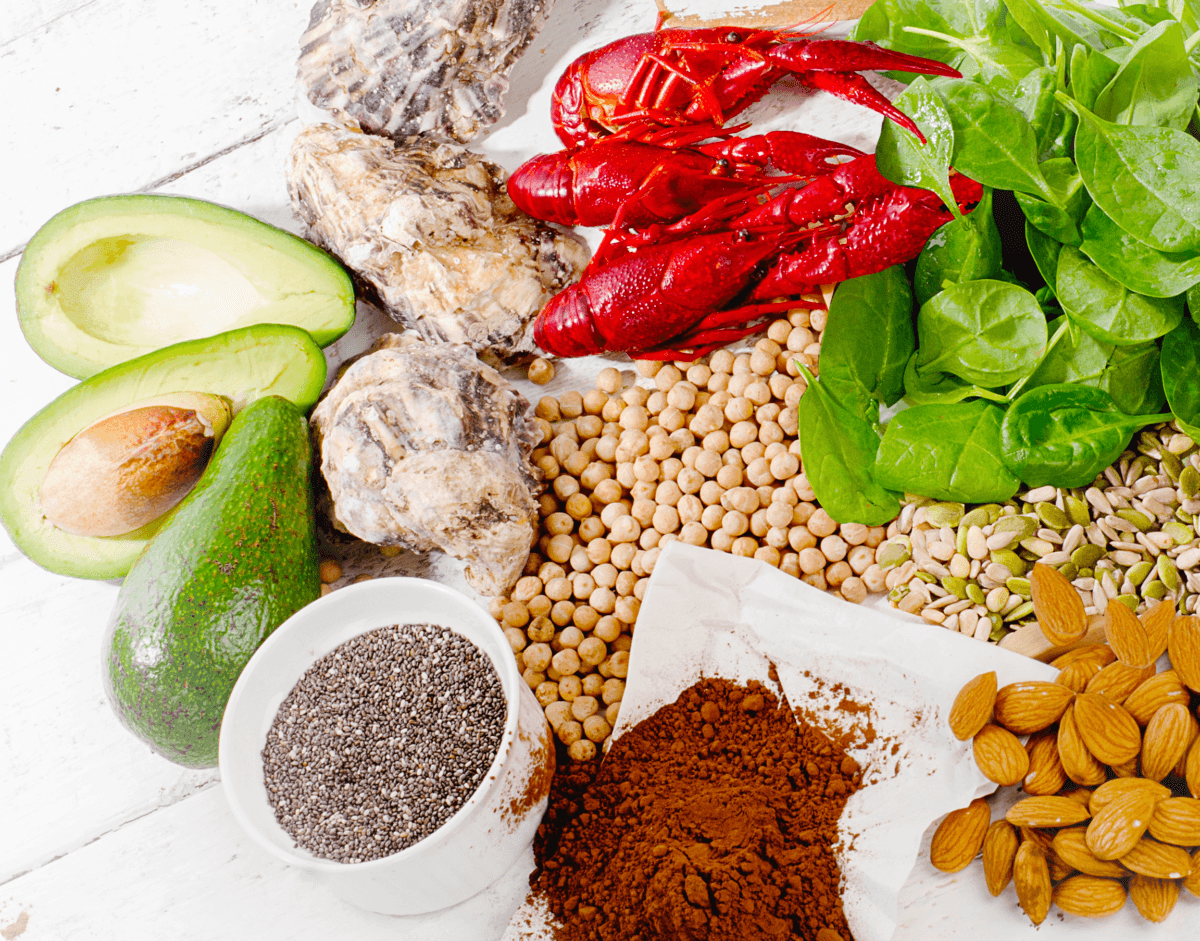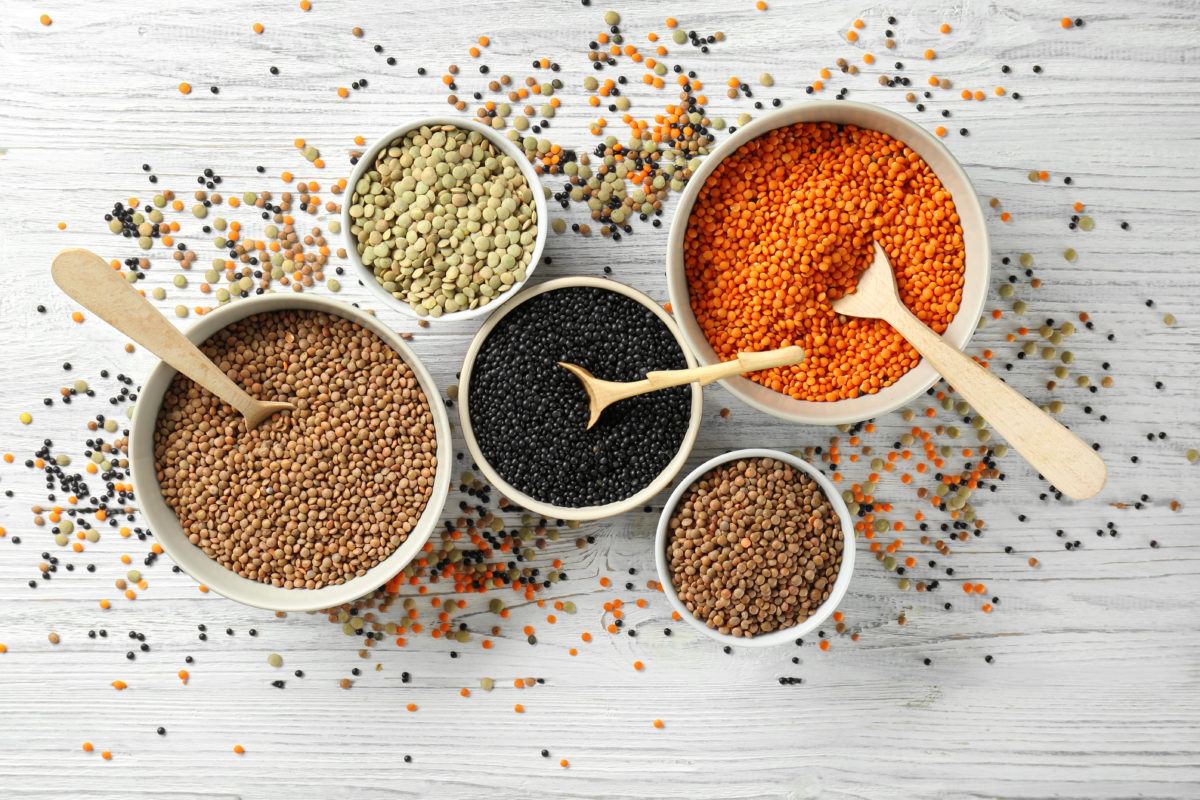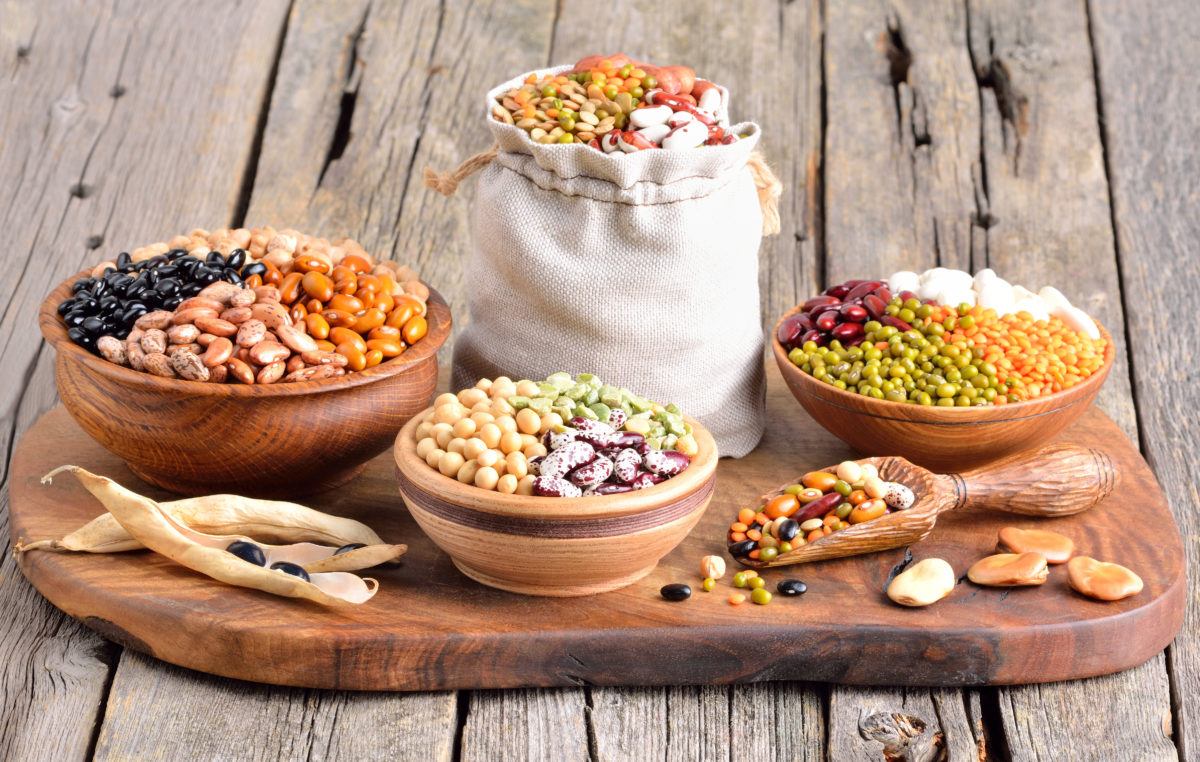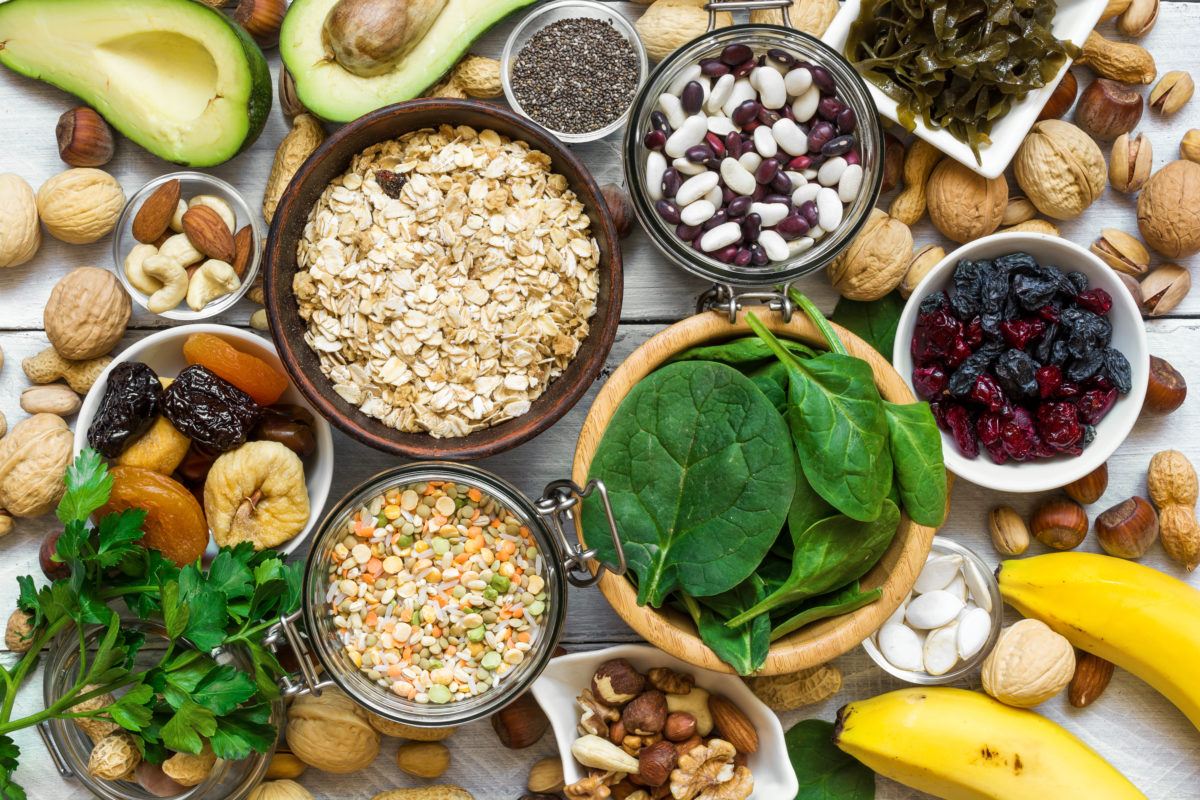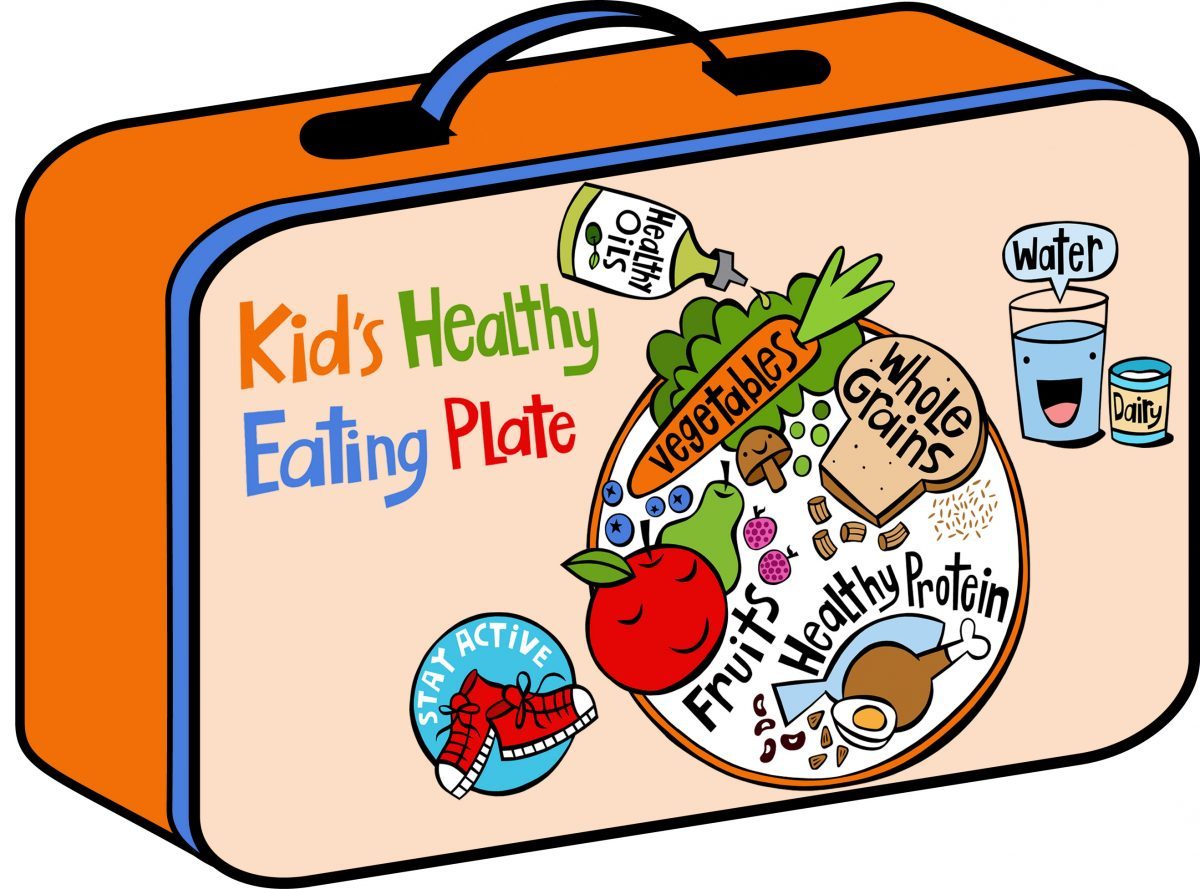This page will be updated as new information becomes available. Last update: 5.29.20 [En español] As we navigate these unprecedented times, many are wondering how to safely shop, order, and prepare food to minimize transmission of the novel coronavirus. Along with important social distancing practices, this page includes some tips for when you do need … Continue reading “Food safety, nutrition, and wellness during COVID-19”
An often under-appreciated food, mushrooms have been eaten and used as medicine for thousands of years. Traditional and folk medicine practitioners laud the bell-shaped fungi for their healing and cleansing properties. All varieties of mushrooms are low in calories and fat, and contain modest amounts of fiber and various nutrients. Perhaps the more interesting properties … Continue reading “Mushrooms”
Zinc is a trace mineral, meaning that the body only needs small amounts, and yet it is necessary for almost 100 enzymes to carry out vital chemical reactions. It is a major player in the creation of DNA, growth of cells, building proteins, healing damaged tissue, and supporting a healthy immune system. [1] Because it … Continue reading “Zinc”
Lentils receive their scientific name, Lens culinaris, from their curved lens-shaped seed. They are a type of legume that is native to Western Asia and North America. Lentils are one of the earliest domesticated crops, seen in the diets of ancient Rome and Egypt. Many countries enjoy lentils as a dietary staple, as they offer … Continue reading “Lentils”
The Fabaceae or Leguminosae (commonly known as the legume, pea, or bean) family is the third largest family of flowering plants, consisting of over 20,000 species. [1] Legumes are a nutritious staple of diets around the world. They are an inexpensive source of protein, vitamins, complex carbohydrates, and fiber. Although used interchangeably, the terms “legumes,” “pulses,” … Continue reading “Legumes and Pulses”
Magnesium is naturally present in a variety of foods, available as a supplement, and an ingredient in antacids and laxatives. The mineral plays an important role in assisting more than 300 enzymes to carry out various chemical reactions in the body such as building proteins and strong bones, and regulating blood sugar, blood pressure, and … Continue reading “Magnesium”
A controversial “dietary guidelines recommendation” published in Annals of Internal Medicine suggests that adults can continue to consume red meat and processed meat at current levels of intake. [1] This recommendation runs contradictory to the large body of evidence indicating higher consumption of red meat—especially processed red meat—is associated with higher risk of type 2 … Continue reading “New “guidelines” say continue red meat consumption habits, but recommendations contradict evidence”
Iron is an important mineral that helps maintain healthy blood. A lack of iron is called iron-deficiency anemia, which affects about 4-5 million Americans yearly. [1] It is the most common nutritional deficiency worldwide, causing extreme fatigue and lightheadedness. It affects all ages, with children, women who are pregnant or menstruating, and people receiving kidney … Continue reading “Iron”
Plant-based alternatives to animal-based foods are not a new phenomenon. Tofu, for example, has often been treated as an alternative to meat for centuries. In more recent decades, food companies have processed mixtures of soy and other legumes, grains, and a variety of plants into burgers, nuggets, sausages, and other meat-shaped products. These creations were … Continue reading “Ask the Expert: Popular plant-based meat alternatives”
The Kid’s Healthy Eating Plate was created as a fun and easy guide to encourage children to eat well and keep moving. The plate’s guidelines emphasize variety and quality in food choices. The formula is simple: fill half your plate (or lunch box) with colorful fruits or vegetables (aim for two to three different types), … Continue reading “Packing a Healthy Lunchbox”


